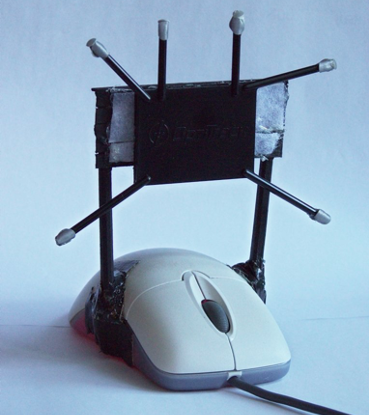
Effects of Tracking Technology, Latency, and Spatial Jitter on Object Movement Inproceedings
Robert J. Teather, Andriy Pavlovych, Wolfgang Stuerzlinger, I. Scott MacKenzie
Abstract:
We investigate the effects of input device latency and spatial jitter on 2D pointing tasks and 3D object movement tasks. First, we characterize jitter and latency in a 3D tracking device and an optical mouse used as a baseline comparison. We then present an experiment based on ISO 9241-9, which measures performance characteristics of pointing devices. We artificially introduce latency and jitter to the mouse and compared the results to the 3D tracker. Results indicate that latency has a much stronger effect on human performance than low amounts of spatial jitter. In a second study, we use a subset of conditions from the first to test latency and jitter on 3D object movement. The results indicate that large, uncharacterized jitter ldquospikesrdquo significantly impact 3D performance.
